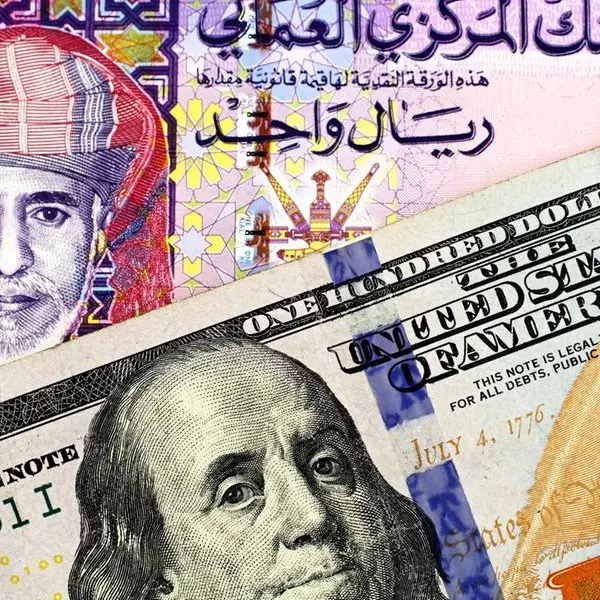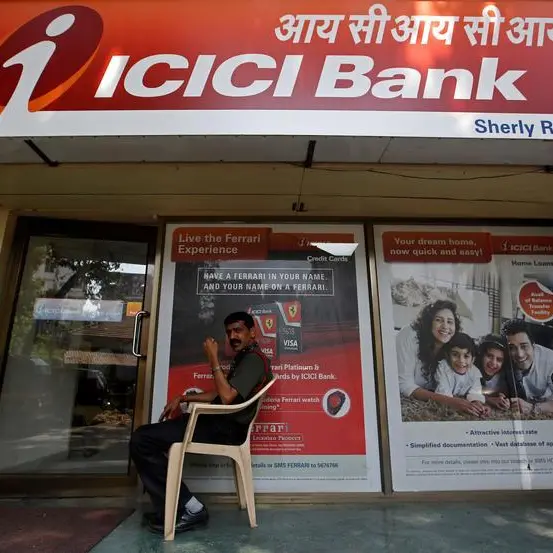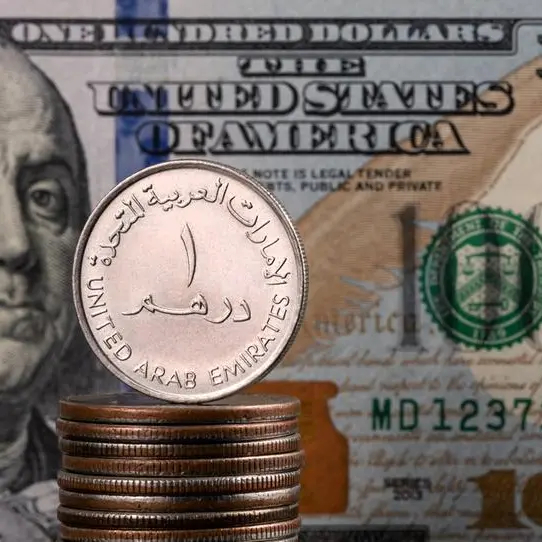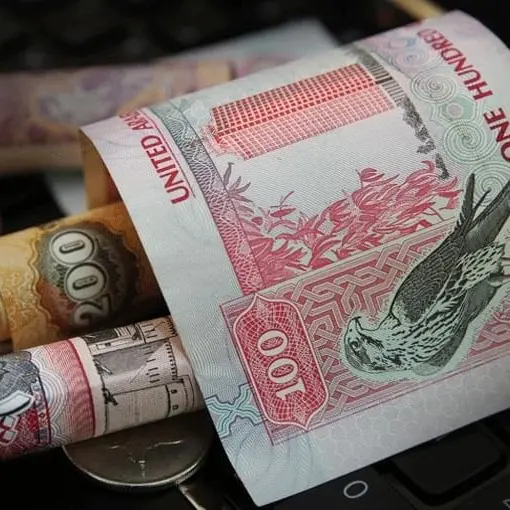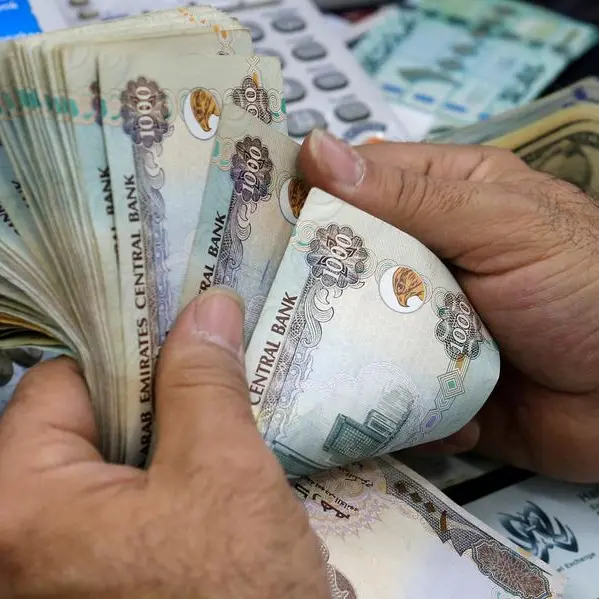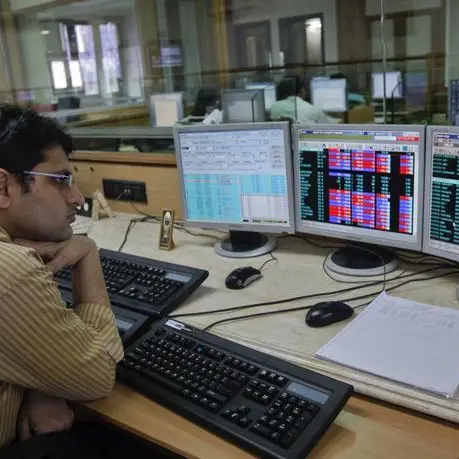PHOTO
Muscat - Fixed income issuances in the Gulf Cooperation Council (GCC) declined during 2021 compared to 2020 and the trend this year also points to a second consecutive year of decline, according to a new report.
“Total issuances during the first five months of the year declined by 40 per cent year-on-year to $37.2 billion compared to $61.9 billion during the first five months of 2021,” the Kuwait-based Kamco Invest, an Investment Strategy & Research firm said in its GCC Fixed Income Market Update.
“The decline this year comes mainly on the back of better fiscal position of the regional governments backed by elevated oil prices as well as a pick up in economic activity,” the report added.
Also limiting issuances this year includes factors like higher interest rates as well as record fundraising activity in the equity markets which saw significant demand from local and global investors, the report added.
Bonds and Sukuk maturities are expected at $24.4 billion for the remainder of 2022 and the refinancing of these is expected to account for the bulk of the issuances by corporates and governments in the region.
That said, the higher cost of borrowing is expected to discourage some refinancing activity in the near term. For the full year of 2022, we are expecting a steep decline in issuances as a result of a decline in issuances from both the government as well as corporates.
Outlook
The year 2021 saw corporates offsetting a decline in issuances from governments but the aggregate issuances witnessed a decline compared to 2020. In 2022, the decline is expected to be steeper as both corporates, as well as governments, are expected to see a decline in issuances. Governments in the region are eyeing fiscal surpluses after years of deficits backed by elevated oil revenues. Corporates, on the other hand, may see a decline in issuances mainly led by higher rates and their impact on overall economic activity.
Sovereign ratings
Sovereign rating actions in the GCC remained muted with one upgrade and one downgrade. Oman’s sovereign rating was upgraded to BB- from B+ by S&P in April 2022 while the outlook was revised to Stable. The upgrade reflected higher oil prices, higher oil production and the government’s fiscal reform programme. Non-oil sectors are also expected to support overall growth in the economy. Kuwait, on the other hand, was downgraded one notch by Fitch to AA- in February-2022.
Meanwhile, key policy rates in the GCC have remained largely stable this year reflecting the strong support from elevated oil prices. The 25 bps hike in March-2022 by the US Fed was largely replicated by GCC central banks but the recent 75 bps hike did not result in equivalent hikes across the GCC.
Fiscal deficits
Fiscal deficits for the GCC countries are expected to see a steep decline this year mainly backed by higher oil revenues coupled with a full resumption of economic activity compared to the previous two years, the Kamco Invest report said.
According to the forecasted general government balances of the International Monetary Fund (IMF), the GCC region is expected to see an aggregate fiscal surplus of $152.2 billion in 2022 followed by a surplus of $147.8 billion in 2023.
According to reports, Saudi Arabia made around $1 billion each day from oil exports during the first quarter of 2022 and is expected to post a surplus for the first time in almost a decade in 2022.
However, unlike the previous surpluses that were mainly spent on incentives and large infrastructure investments, the government now aims to strengthen its balance sheet.
The Kingdom’s finance minister said that the surpluses would be accumulated in the government's current account held at the central bank until the year-end and after that, it would be used to replenish foreign exchange reserves and may be transferred to the Kingdom’s sovereign wealth fund. This move is aimed at creating a disconnect between economic performance and oil prices.
This would also mean that fixed income issuances from the government would remain elevated in the Kingdom and was reflected in almost flattish issuances during the first five months of 2022 compared to the corresponding period in 2021.
UAE government issuances, which are down 61 per cent this year, are also expected to remain low in 2022 compared to last year mainly due to the fast-paced privatisation through equity listings announced by both Abu Dhabi and Dubai governments.
Qatar, with its stable fiscal surplus position, is expected to further strengthen its financial position as demand for natural gas remains high while the country adds capacity. This is expected to lower the funding requirements by the Qatari government.
© Muscat Media Group Provided by SyndiGate Media Inc. (Syndigate.info).

